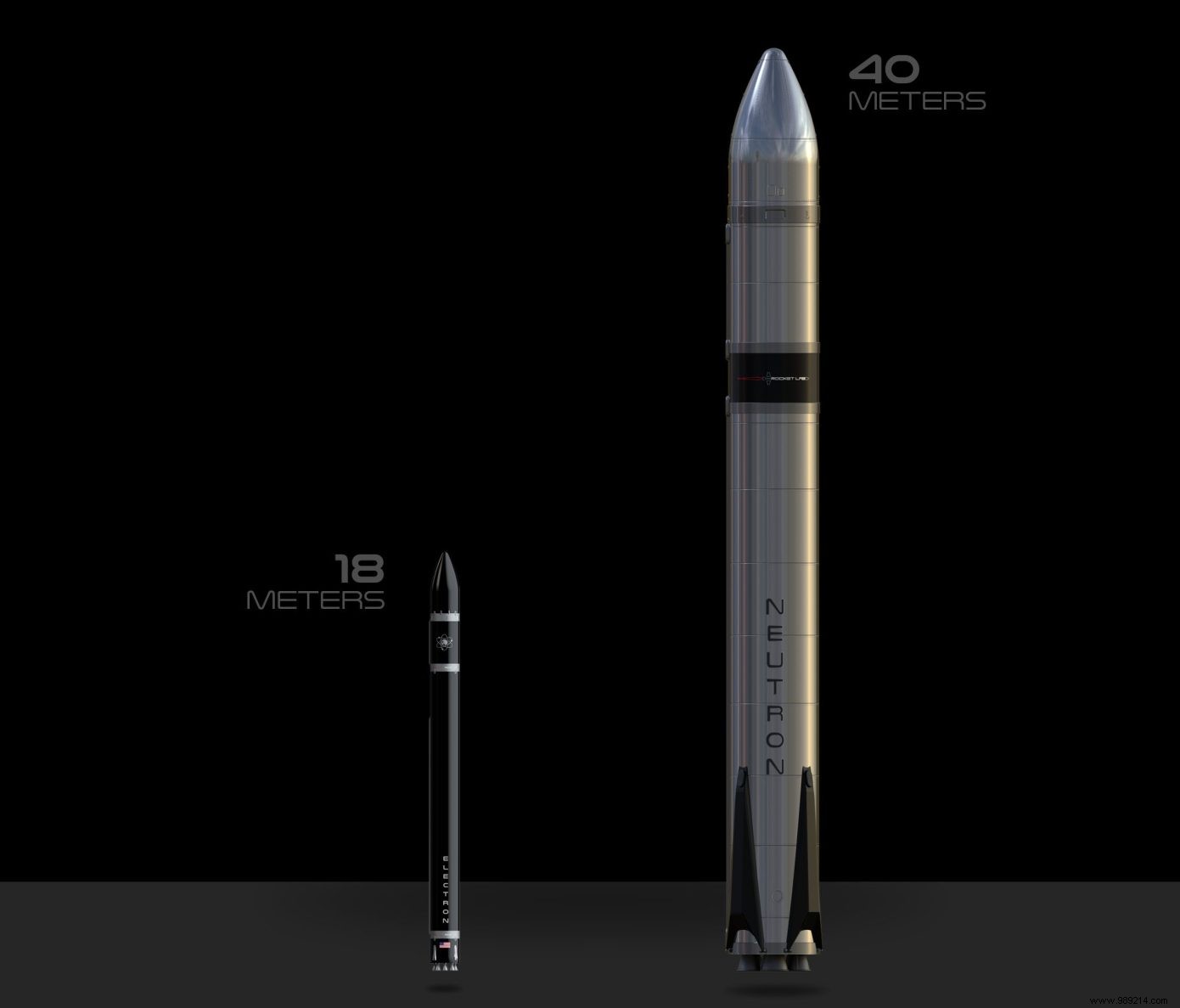Rocket Lab unveiled a new class of rocket in development on Monday. The launch vehicle, called Neutron, will be able to carry up to eight metric tons of payload into orbit. The vehicle will also feature a fully reusable first stage.
For five years, SpaceX has been revolutionizing the aerospace sector by minimizing the cost of putting into orbit through the reuse of its boosters. Naturally, other companies have since tried to develop similar approaches. Rocket Lab, founded in 2006 by Peter Beck, is one of them.
Rocket Lab is now specialized in sending small payloads into space thanks to its Electron rocket, which recorded a first success in January 2018. Since then, the company continued to orbit satellites for customers including NASA and the US Air Force. But Electron was just the beginning.
Rocket Lab has just gone public as part of a SPAC merger with Vector Acquisition. This agreement should soon value the company at more than four billion dollars. Rocket Lab will be listed on Nasdaq under the symbol RKLB.
“ This milestone accelerates Rocket Lab's ability to unlock the full potential of space through our launch platforms, and catalyzes our ambition to create a new multi-billion dollar business sector in space applications ” , said Peter Beck in a press release.
The company also took the opportunity to present this Monday a new class of rocket in development. The launcher, called Neutron , will be able to carry up to eight metric tons of payload into orbit. In other words, a lifting capacity much higher than that of its Electron launcher.
The goal:to meet increased demand from operators planning to launch large constellations of satellites. The company will also be able to provide resupply services to the International Space Station (ISS). Eventually, Rocket Lab even emphasizes its intention to offer human missions in space.
The Neutron's first flight is expected in 2024 . In the meantime, the company also plans to build a new production facility in the United States to build this new full-scale launcher.

The vehicle will also feature a fully reusable first stage. Launching from the company's facility in Wallops, Va., the rocket will be designed to land on an offshore landing pad, as SpaceX currently does with its Falcon 9.
Remember that the Electron rocket is currently too small (eighteen meters) to operate motorized hits in this way. Rocket Lab is still working on its method, but the plan is to eventually "catch" these boosters directly in flight by helicopter (after being slowed down by a parachute) before they plunge into the ocean so as to minimize the potential damage inflicted by seawater on structures.